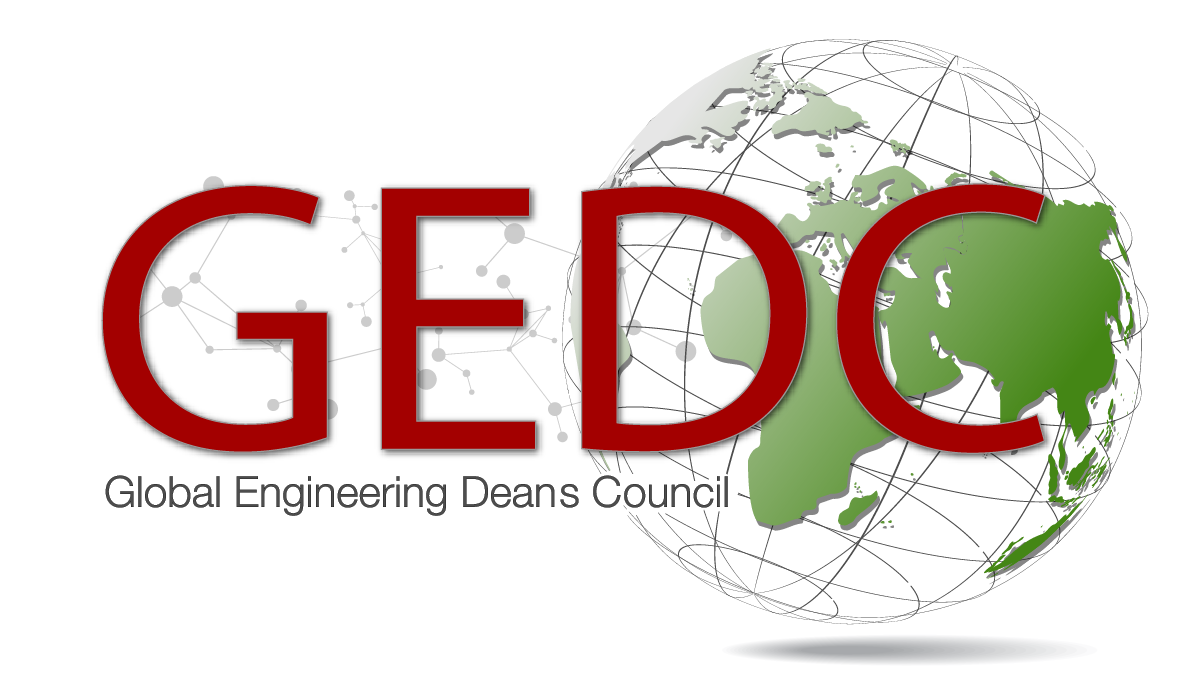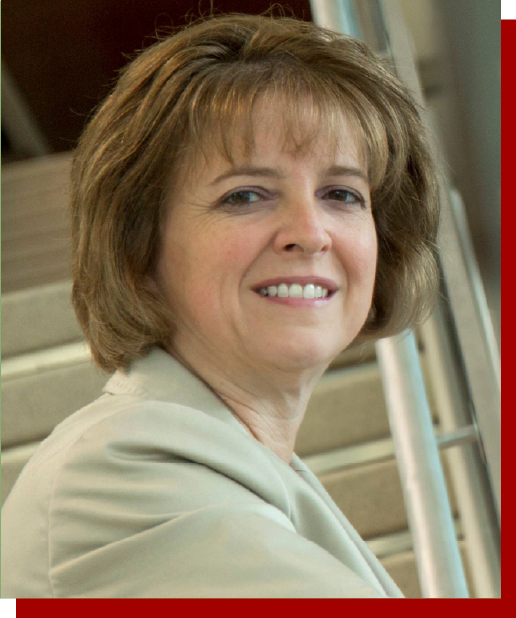What are the factors that contribute to Texas A&M repeatedly being ranked as one of top engineering schools in the USA?
There are four critical factors that have allowed us to create a culture of excellence. The first is our strong tenured/tenure-track faculty who excel in both education and research. Our research portfolio includes federal, industry and international agency funding. We have also created a new professor of practice program that has significantly enhanced our connection with industry. Second, we are fortunate to have outstanding graduate and undergraduate students. Given the high population growth in the state of Texas and our internationally recognized graduate faculty, we are able to select our students from an extremely talented pool of applicants. Third, we have a dedicated and well-trained support staff who provide the foundation for all of our programs and initiatives. Fourth, the chancellor, president, and provost at Texas A&M have provided support and encouragement for our recent initiatives as well as state-of-the-art engineering facilities and laboratories.
Can you share with us some of the approaches that Texas A&M is implementing in order to sustain growth in its engineering college and retain a constant growth of its student body in addition to ethnic and gender diversity?
Our growth plan is a carefully designed roadmap to insure that we do not negatively impact our high quality educational programs as we enroll more students. In fact, our growth plan was designed with the primary goal to transform engineering education and we have created many new educational initiatives to meet that goal. In addition to meeting curricular requirements, we are requiring all undergraduate engineering students to complete a high impact experiential learning activity before graduation. These beyond-the-classroom activities include our entrepreneurial competitions, undergraduate research, industry-led projects, global experiences, leadership development and many more opportunities. For example, our global program is expanding rapidly as we plan to send 2,000 students abroad annually. Our engineering student diversity is increasing each year through focused recruiting and retention efforts that include our new co-enrollment two-year institution partnership, the Chevron Engineering Academies. As part of our mission as a land grant institution, we engage with communities throughout the state to expand the pool of qualified students, many of whom are first generation college students. We have dedicated professionals in our college who lead programs to support access and inclusion of underrepresented populations. Most importantly, we have made a commitment to suspend growth unless we are appropriately resourced to maintain quality.
Does Texas A&M offer any engineering courses through Massive Open Online Courses [MOOCs]? If so, how have online courses changed the landscape of engineering education at your institution?
Texas A&M Engineering does not offer MOOCs at this time. We have chosen to focus our attention on our enrolled student body; however, we are actively engaged in developing new ways to use technology in our educational programs. We are making great progress using flipped classrooms, virtual laboratories, and on-line tutoring. We will complete construction of our 525,000 square feet (48,775 square meters) multidisciplinary undergraduate engineering education building in early 2018. We anticipate that it will be one of the most technology-integrated education centers in the world.
What are some collaborations between Texas A&M and the corporate and industry world? What are some of the projects that you are implementing with local companies?
Several years ago, we began the Aggies Invent program. This program allows multidisciplinary student teams to work on solutions to “need statements” that are provided by users of technology and industry. These 48-hour events are very popular with both students and industry partners. We also have launched the Aggie-Challenge initiative, which partners an interdisciplinary team of students with faculty and industry to address grand challenge problems within a one to two-semester course. As I mentioned earlier, our new professor of practice program has been remarkably successful. In this program, professionals with at least 10 years of experience join our faculty full-time to teach, collaborate on research and advise students. Our students are excited to have the opportunity to interact with engineers who understand the day-to-day challenges faced by our profession today. We also have a large industrial research portfolio and successful consortia, with funding for projects in many areas including energy, materials, national security, safety, manufacturing and health. We offer a technical assistance program for small businesses with engagement by researchers and students. Finally, we have signature facilities that attract industry for testing and training of their workforce.
What is the relationship between your institution and Texas A&M University at Qatar? What are some other international initiatives that you would like to highlight?
Texas A&M Engineering at Qatar is an extension of our main campus. Our students in Doha earn the same degree, with the same curriculum, as the students in College Station. Given the identical curriculum and reporting structure that includes department heads in College Station, we have the opportunity to exchange students between Doha and College Station without concern of increasing their time to graduation. We also exchange faculty between College Station and Doha for a three-year period. I believe that the Qatar campus would be an excellent test-bed for engineering education research given the low number of students and small classroom setting. In addition to the Qatar campus, we are significantly expanding our global programs by adding more opportunities for study abroad programs, undergraduate research exchange projects, faculty-led global programs, international internships, and Engineers Without Borders projects. As mentioned earlier, our goal is to send 2,000 students abroad each year for an educational experience. We also have five engineering centers located at Texas A&M-Qatar focusing on energy, industrial safety and remote health, with research and workforce training programs at the global scale.
In your opinion, what are some of significant issues/topics that ought to be addressed by the global engineering community and particularly by Engineering Deans, in order to further strengthen inter-regional communication and continue to globalize this field of study?
I believe we should work together to build a network of low-cost global exchange programs for the benefit of engineering students in all countries. As business becomes more global, an international experience is critically important to our graduates. However, we will not be able to meet the demand for expanded global programs without coordinated widespread collaboration. We should also support multi-university teams for international engineering design competitions, such as the recent SpaceX Hyperloop Pod Competition Design Weekend hosted at Texas A&M, as well as competitions organized through international professional organizations.
How has GEDC helped your university achieve the goal of making your institution a more global environment?
Involvement in the GEDC provides the opportunity to build relationships with deans across the globe who face surprisingly similar challenges in engineering education and change management. The GEDC network creates a rapid connection link for deans who are seeking partners to co-develop international educational and research programs.

